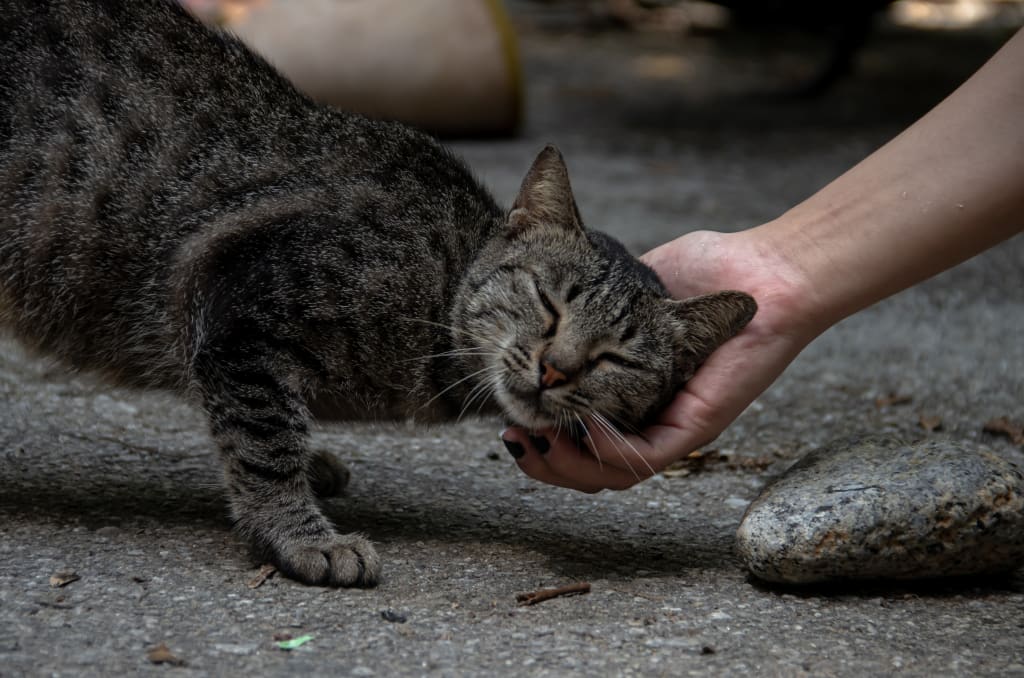Why is the pet industry doing so well in Europe and America?
The United States has a history of more than 100 years of pet industry development. According to Common Thread, in 2021, the size of the pet market in the United States reached $99 billion, up 2.3% year on year, accounting for 42.67% of the global market share, making it the largest pet economy in the world.

The United States has a history of more than 100 years of pet industry development. According to Common Thread, in 2021, the size of the pet market in the United States reached $99 billion, up 2.3% year on year, accounting for 42.67% of the global market share, making it the largest pet economy in the world.
The development of the pet industry in the United States can be roughly divided into five stages:
The first stage -- the Enlightenment (1860s to 1920s)
At this stage, commercial dog food began to appear.
In 1860, James Spratt invented a biscuit like dog food, and commercial dog food appeared.
In 1918, AR-Mour, Swift and Wilson, the three giants of the slaughterhouse industry, entered the pet industry and began producing tin-plated pet cans.
The second stage -- Growth Period (1920s-1980s)
At this stage, the pet industry was mainly focused on pet food. Emerging enterprises kept trying new technologies, and the pet food industry had a prototype with relatively scattered brands.
In 1922, a large number of pet canned brands such as Ken-l Ration were successively listed, and canned wet food began to be mass-produced and dominated for a long time.
In 1935, Mars Petcare began manufacturing pet food (it is now the largest pet food company in the world).
In 1941, tin can pet wet food accounted for more than 91 percent of the pet food market in the United States.
In 1942, DURING World War II, the use of Sikkim as a war material limited the production of canned wet food, and dry pet food in the form of hard biscuits began to appear.
In 1946, pet dry food accounted for more than 85% of the pet food market in the United States.
1956 The American Pet Products Association (APPA) was founded.
In 1957, Purina Purina Company, originally from the feed industry, took the lead in introducing puffed Dog Chow Condor (Purina was acquired by Nestle in 2002, and the Dog Chow brand is now owned by Nestle Purina PetCare) and entered the pet food market. Within a year it became the top selling dog food in the United States, and dry pet food began to spread rapidly and gradually became dominant.
1965 Petco, an established general pet retailer, was founded.
Phase 3 -- a period of rapid growth (1980s to early 2000s)
At this stage, the growth of the scale of pet keeping in American families and the trend of pet personification led to the overall rapid development of multiple formats in the pet industry.
According to the first pet market research report in the United States, in 1988, the penetration rate of pet ownership in the United States had reached 56%, and the total number of pets reached 122 million. The increase in the number of pets has led to the gradual expansion of the overall scale of the pet industry in the United States, especially the consumption of pet food, pet medical treatment, pet supplies and other necessities, and the rise of traditional pet retail stores. By 1998, the scale of the pet industry in the United States had reached 23 billion US dollars, with an 8-year compound growth rate of 6.67%. The industry developed rapidly, and several leading companies in the pet segment were born during this period.
Between 1979 and 1989, the average annual household income rose from $280,000 to $525,000, and the spending power and willingness to spend increased dramatically. The lifestyle of pet owners is gradually reflected on their pets, and the trend of "pet personification" is increasingly obvious, which is mainly reflected in two aspects, pet food and pet medical treatment. Pet owners pursue natural and organic food, so they begin to have the same requirements for pet food and pay attention to raw materials. The products are gradually transformed from generic to more functional, and there are more specialized segmented products for different types and ages of pets. As pet owners pay more attention to their own health, they have an increasingly high demand for pet medical treatment and put forward higher requirements for the types and quality of services. In the process, the U.S. pet market has grown to nearly $5 billion.
Founded in 1986, VCA is currently the largest pet hospital chain in the United States.
In 1987, PetSmart was founded. It pioneered the business model of Pet Food Warehouse, and created the first offline Pet social scene by allowing pets to shop in the store.
In 1993, PetSmart was listed on Nasdaq, becoming the first listed company in the global pet chain industry and the largest comprehensive pet supply retail and service chain store in the world.
In 1994, the total consumption of the pet industry in the United States was $17 billion, and by 2001 it had exceeded $28 billion, at a compound annual growth rate of 7.6%.
The fourth stage -- maturity period (from the beginning of the 21st century to 2010s)
At this stage, the pet industry in the United States showed a trend of diversification, specialization and humanization, and structural upgrading promoted the growth of the industry.
The development of the pet industry in the United States has entered a mature stage. The scale of the pet industry has increased from 28.5 billion US dollars in 2001 to 48.35 billion yuan in 2010, with a compound growth rate of 5.43% in 10 years. The growth rate has slowed down and maintained a stable growth.
The pet industry has been growing faster than other consumer industries, thus attracting a growing number of consumer and retail companies. Trupanion, a medical insurer for dogs and cats, Lanjue, a natural pet food company, and Chewy, an online pet retailer, were born.
In 2002, Nestle acquired Purina and established Nestle Purina, which is now the second largest pet food company in the world.
During the 2008 financial crisis, the pet industry in the United States was still strong, and the pet industry's revenue growth was ahead of other retail industries. Even the demand for middle and high-end products and services is prominent, such as pet grooming and pet training. Although the growth rate of the number of pets has slowed down, the structural upgrade of pet-related products still promotes the growth of the industry scale.
In 2009, Evermore, an American brand of cooking and fresh food, entered the pet market, and the trend of "pet humanization" became more obvious.
The fifth stage -- Accelerated integration period (2010s till now)
At this stage, American pet head companies occupied the majority of the market share, and at the same time, the giant companies accelerated the merger and integration to further complete the service upgrade and the layout of the whole industrial chain.
Between 2011 and 2020, the 10-year compound growth rate reached a new high of 7.35%, mainly related to economic development, demographic changes and further improvement of pet-related industries. It also drives the replacement of old and new models in the pet industry. For example, the rise of online shopping has impacted the traditional offline model, and personalized and customized services are welcomed and preferred by pet owners. The number of offline pet retail stores has decreased, and integration and large chains have become the new trend.
BC Partners took PetSmart private in 2015.
The overall growth trend became more evident after Nestle Purina PetCare acquired pet food company Merrick Backcountry in 2015.
In 2017, PetSmart acquired Chewy, an online pet retailer, in what was then the largest acquisition in Internet history.
In 2017, Mars acquired VCA, a US pet hospital chain. VCA's main business is animal care and clinics, with more than 800 pet hospitals in the United States and Canada. Add in the Banfield Pet Hospitals (more than 1,000 stores) and BluePearl Veterinary clinics, and Mars has more than 26,000 pet hospitals.
About the Creator
Enjoyed the story? Support the Creator.
Subscribe for free to receive all their stories in your feed. You could also pledge your support or give them a one-off tip, letting them know you appreciate their work.






Comments
There are no comments for this story
Be the first to respond and start the conversation.